IRVING NORMAN (1906-1989)

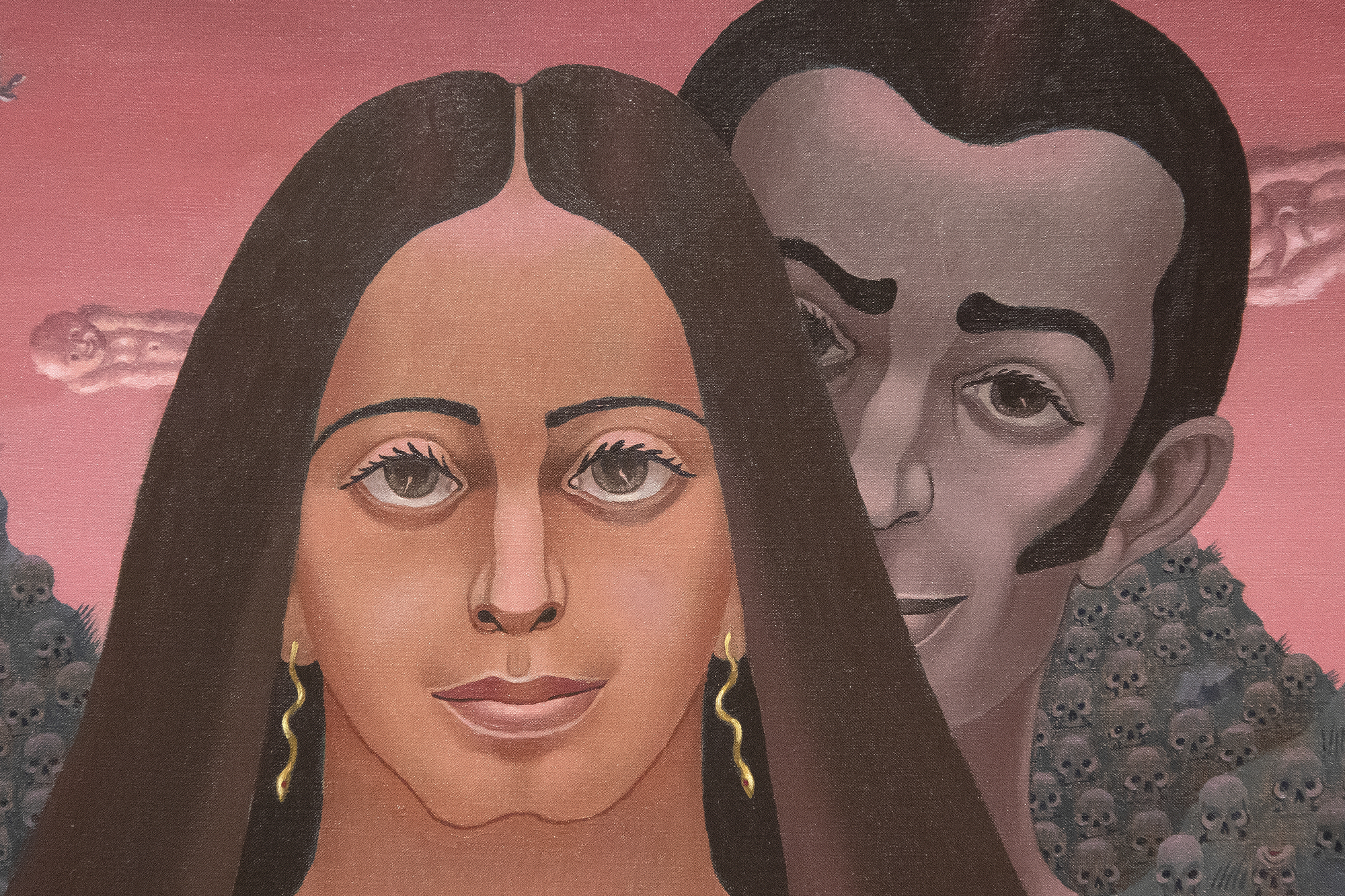
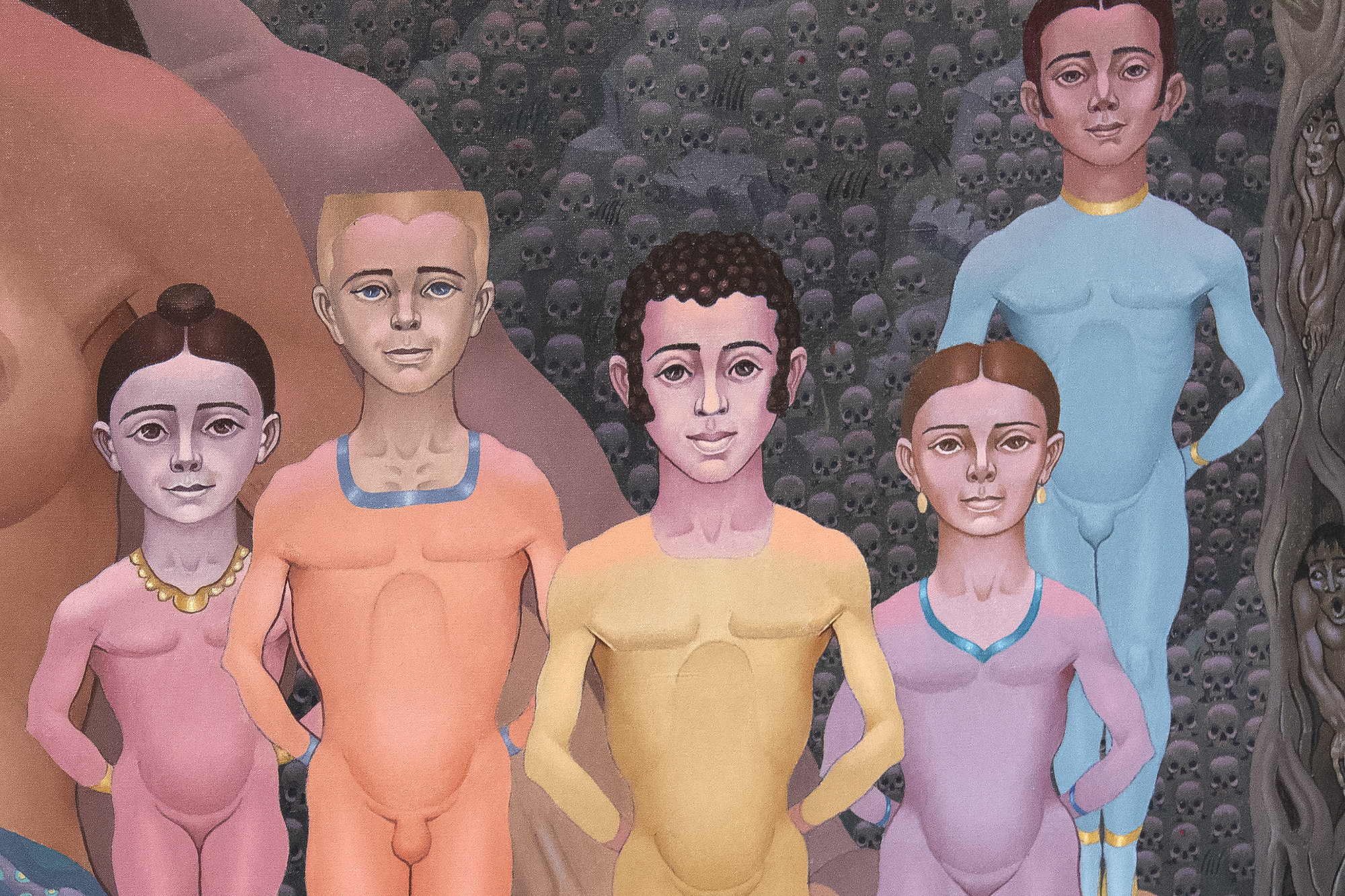
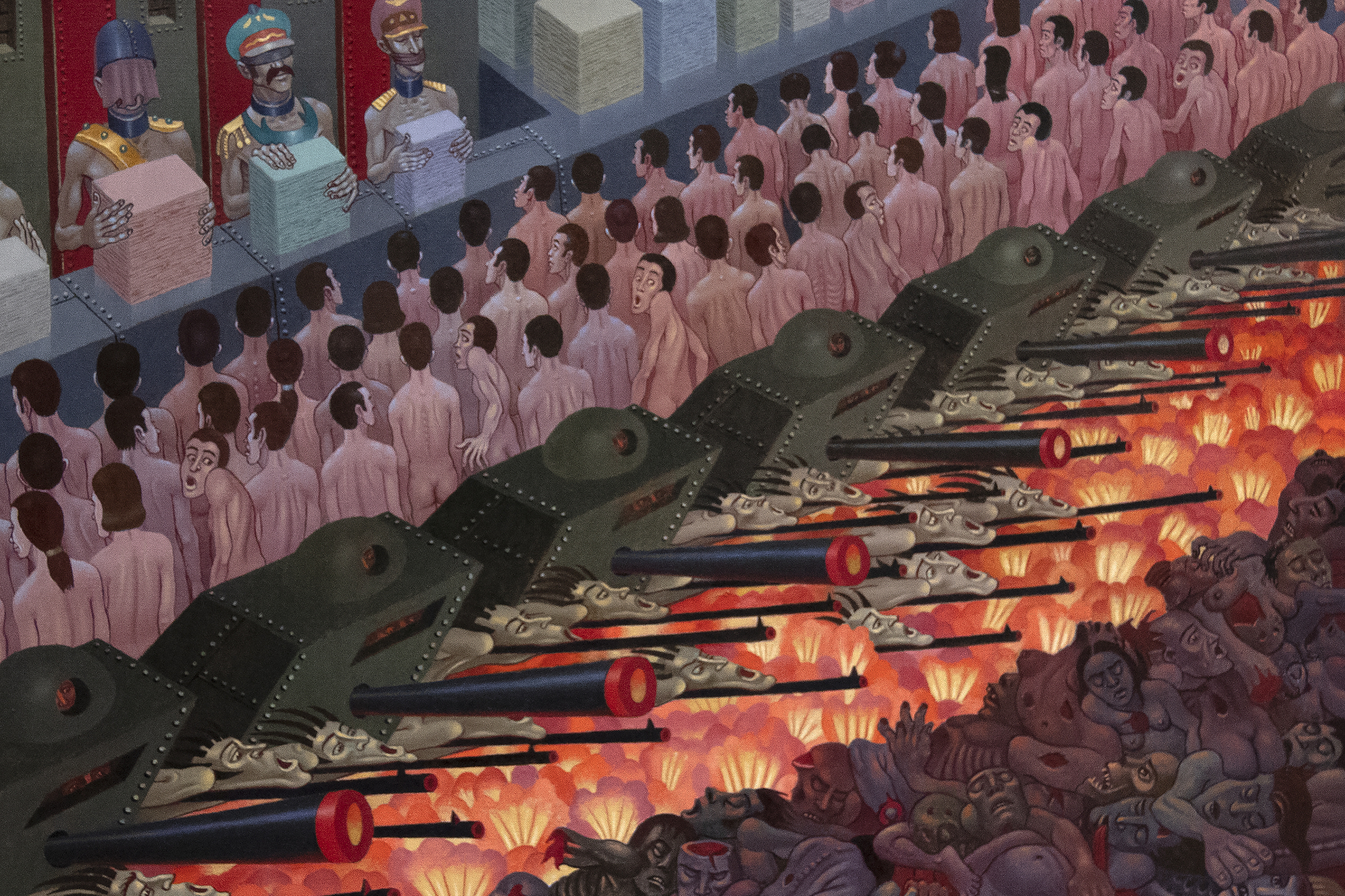
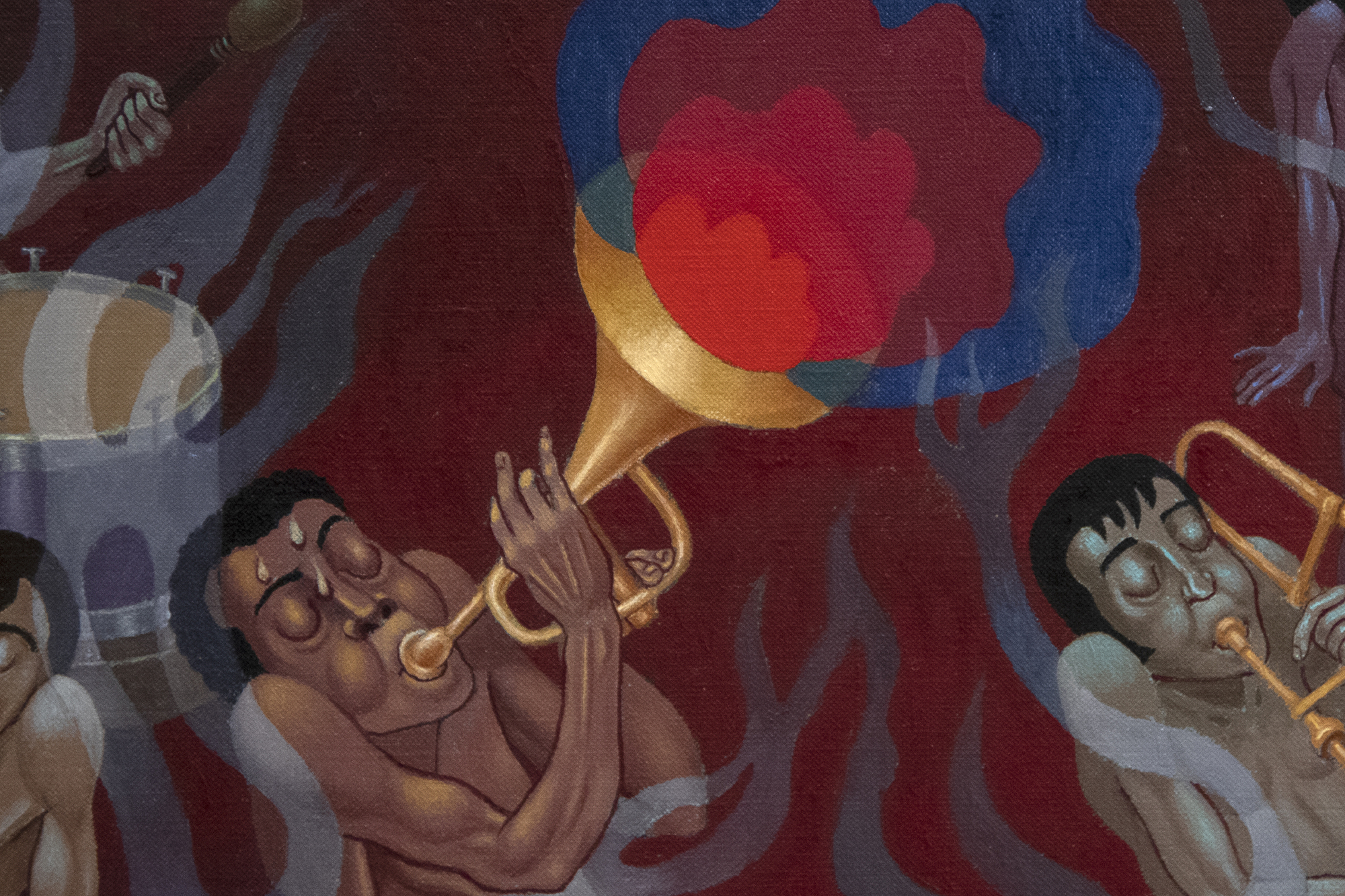

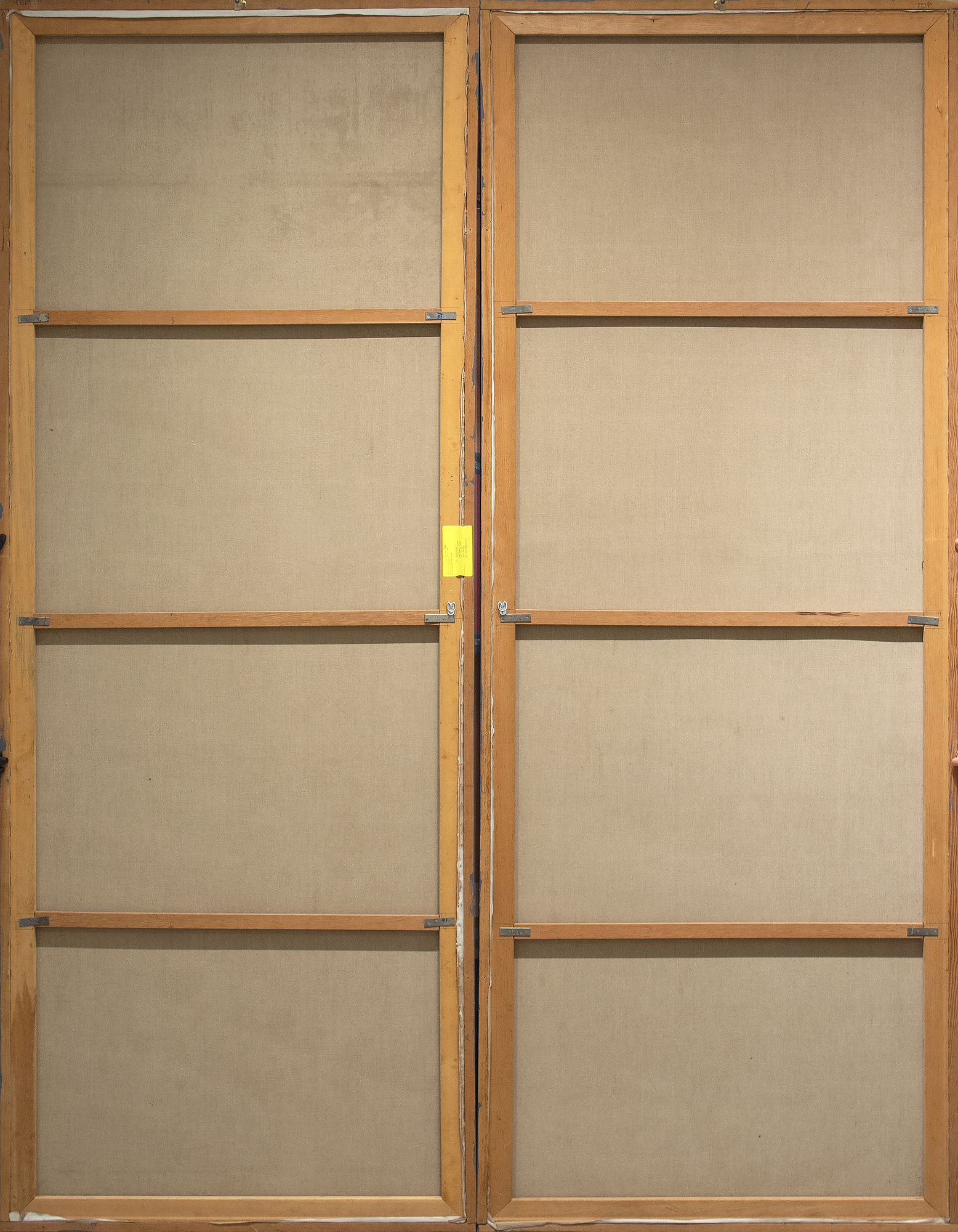
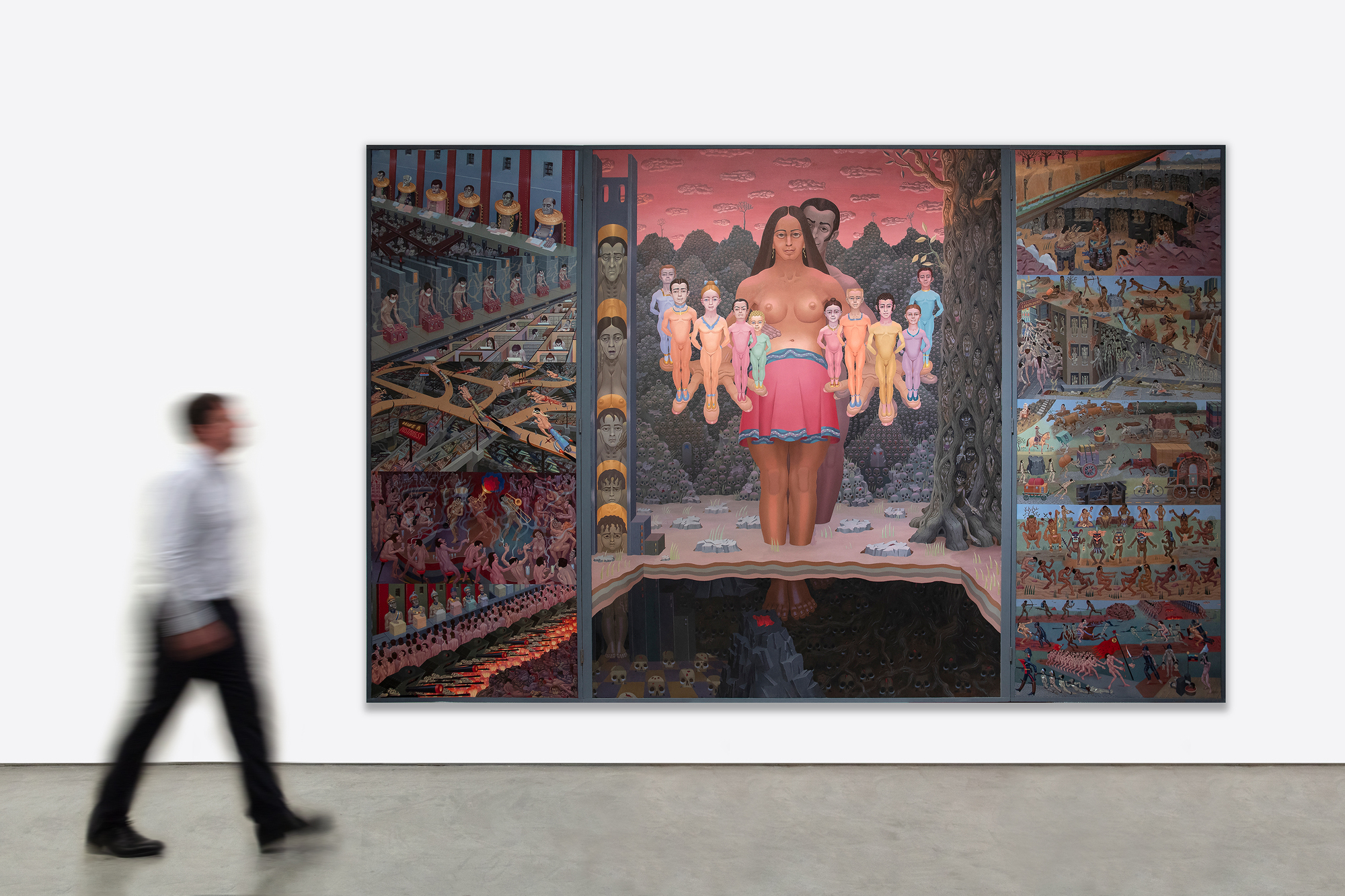
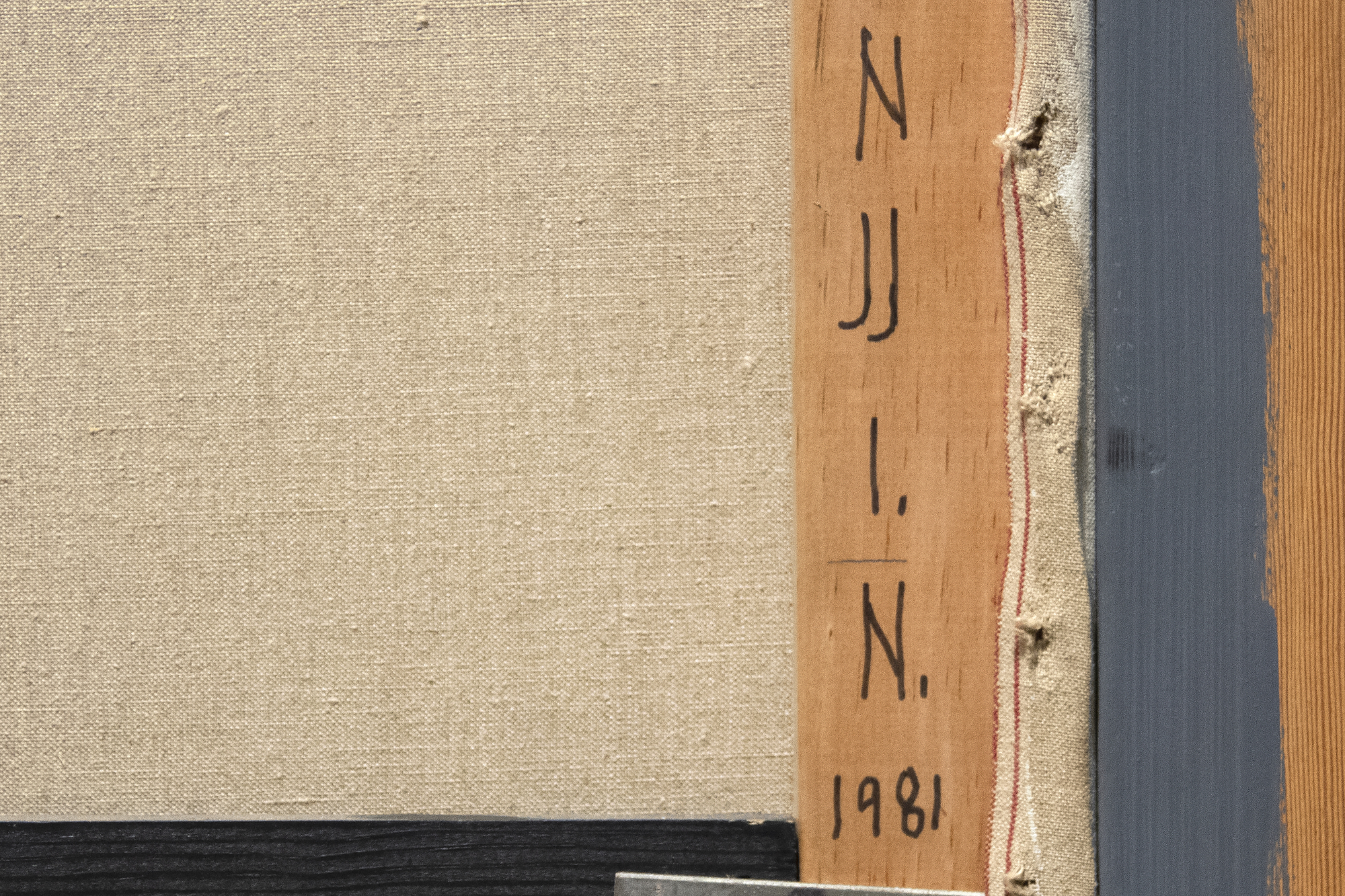

Provenienz
Crocker Kunstmuseum, SacramentoPrivatsammlung
Ausstellung
1986 Alternatives Museum, New York2002 Santa Monica College
2006 Crocker Kunstmuseum, Sacramento
2007 Pasadena Museum für Kalifornische Kunst
2007 Utah State Univ. Nora Eccles Harrison Museum of Art
2007 Amerikanische Universität Katzen Museum, Washington, D.C.
Literaturhinweise
Dunkle Metropole: Irving Norman's Sozialer Surrealismus, Hrsg. Scott A. Shields and Ray Day (Sacramento and Berkeley: The Crocker Art Museum and Heyday Books, 2006), S. 199Preis1,250,000
Irving Normans Figuren, die von ihrer Umgebung und dem physischen Raum manipuliert werden, sind von einem Stil, der die Formbarkeit der menschlichen Gestalt übertreibt, um ihre Verletzlichkeit und Unterwerfung zu unterstreichen. Diese buchstäbliche und symbolische Elastizität deutet darauf hin, dass diese Figuren von den Kräften ihrer Umgebung gedehnt, gestaucht oder verdreht werden, was ihren Mangel an Autonomie und die unterdrückenden Systeme, die ihre Existenz bestimmen, unterstreicht. Während diese Figuren die Verletzlichkeit widerspiegeln, schafft Normans strukturelle Wahl in The Human Condition eine starke Gegenüberstellung, die die Aufmerksamkeit auf das zentrale Tableau lenkt. Eine souveräne weibliche Figur, die sich über die katastrophalen Misserfolge und Grausamkeiten der Vergangenheit erhebt, wird von einem Mann begleitet und bildet ein symbolisches "Paar", das die Einheit und die gemeinsame Verantwortung einer neuen Vision andeutet. Ihre Hände, vergrößert und nach oben gerichtet, stellen diese Kinder als eine Vision dar, die Hoffnung und Erneuerung für die Zukunft bietet. Die Geste in Verbindung mit der futuristischen Kleidung der kleinen Figuren verstärkt die Idee eines alternativen Weges - einer helleren, zukunftsorientierten Menschheit. Das zentrale Tableau fungiert als metaphorisches Angebot, das den Betrachter dazu einlädt, über eine Zukunft nachzudenken, die von der Last der Dunkelheit, aus der diese Figuren auftauchen, unberührt bleibt.
Hier unterstreicht Norman eine hoffnungsvolle, wenn auch nicht optimistische Vision für kommende Generationen. Die strukturelle Entscheidung deutet auf eine bewusste Verschiebung des Schwerpunkts hin: Die dunkleren Szenen an den Seiten stehen für die Lasten der Vergangenheit und der Gegenwart. Gleichzeitig verkörpern die zentralen Figuren das Potenzial für eine Zukunft, die von Widerstandsfähigkeit und Erneuerung geprägt ist. Diese Gegenüberstellung macht The Human Condition zu einem Spiegelbild von Normans späteren Jahren, in denen eine gemäßigte Hoffnung auftaucht, die sich gegen die Kriegstreiberei, die elende Korruption, die rasende Vergnügungssucht und die entmenschlichenden Auswirkungen der modernen Gesellschaft durchsetzt.
Während seiner gesamten langen Karriere stand Norman fest zu seinen Überzeugungen; er drehte sich um, stellte sich den großen, leeren Leinwänden und entwarf und malte komplexe, dicht bevölkerte Szenen. Was die Anerkennung anbelangt, so rationalisierte er die Situation - Ruhm oder Reichtum gefährdeten die unbefleckte Natur der Suche eines Künstlers. Letztlich ist The Human Condition eine Zusammenfassung von Normans Leben und Werk und ein Aufruf zum Handeln, der uns dazu auffordert, unsere Mitschuld an den Systemen zu untersuchen, die er so anschaulich dargestellt hat. Durch die sorgfältige handwerkliche Ausführung und die allegorische Intensität ist es ein museumswürdiges Meisterwerk, dessen Themen auch heute noch so aktuell sind wie zu der Zeit, als Norman seine Vision mit großer Sorgfalt zum Leben erweckte.


